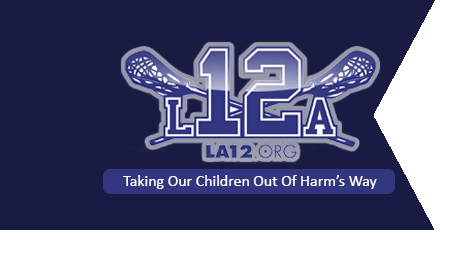New Guidelines to Prevent Sudden Death in Sport to be Issued
Luckily he was playing in a local, elementary school because New York State mandates AEDs in schools.
November 15, 2011Gyms have duty to use defibrillators: NY appeals court
December 30, 2011Tuesday, December 06, 2011
By Michael Popke — AB Managing Editor
Members of 65 sports and health organizations met Tuesday in Washington, D.C., at the third annual Youth Sports Safety Summit to review a new position statement issued by the National Athletic Trainers’ Association titled “Preventing Sudden Death in Sports.” To be published in the February 2012 issue of the Journal of Athletic Training, the statement outlines 10 major health conditions and causes of sudden death among athletes, while also providing updated recommendations to ensure better prevention and treatment of sports injuries. According to the NATA, which hosted the summ it, this is the first time an association has provided such condensed information in one document to help medical professionals, coaches, parents and others make more effective and efficient return-to-play and care decisions.
While concussion legislation has passed in 36 states, concussions are not the only problem in youth sports. In fact, the leading cause of death from youth sports is sudden cardiac arrest, which is addressed in the statement along with asthma, catastrophic brain injuries, cervical spine injuries, diabetes, exertional heat stroke, exertional hyponatremia, exertional sickling, lightning and head-down contact in football. High school athletes suffer two million injuries every year, NATA says, resulting in 500,000 doctor visits and 30,000 hospitalizations. In 2010, 50 young athletes died on the playing field , and 40 have died so far in 2011 — including six athletes and one adult coach in August.
“Young athletes are suffering chronic and sometimes catastrophic injury from sports,” says summit moderator and NATA president Marjorie J. Albohm. “Only 42 percent of high schools have access to an athletic trainer, often the primary health care provider when a young athlete goes down on the playing field.”
Here are some of the recommendations included in the “Preventing Sudden Death in Sports” position statement:
Catastrophic Brain Injuries
The position statement addresses the prevention of more serious brain injuries and the implications of mismanaging a potentially catastrophic brain injury.
· Proper on-field and sideline management involves identifying any deteriorating conditions indicative of intracranial hemorrhage or brain swelling.
· When a serious brain injury is suspected in a non-responsive athlete, the clinician must be prepared to provide hyperventilation and to administer intravenous diuretics and elevate the head to help decrease intracranial pressure.
· Transportation to a medical facility is paramount under these conditions.
· The statement recommends a five-step return-to-play progression following a concussion, allowing the clinician to determine any signs of deterioration that would prevent a premature return to activity.
Exertional Heat Stroke
· Cool first, transport second. Immediate cold water immersion is critical to rapidly reducing body temperature and maximizing odds of survival.
· Determine the core body temperature soon after a collapse to ensure accurate and immediate assessment of a patient with suspected exertional heat stroke. Rectal temperature and gastrointestinal temperature (if available) are the only methods proven valid.
· Follow more detailed return-to-activity recommendations one week after rest; and a gradual return from low- to high-intensity activity in a temperate environment.
· Targeted education and tailored precautions offer a margin of safety for athletes with sickle cell trait.
· Know the signs and symptoms of exertional sickling and be able to differentiate exertional sickling from other causes of collapse.
· Understand that exertional sickling can be brought about through intense, sustained activity. Modifying factors of environmental heat, dehydration, asthma, illness and newness to altitude increase the intensity of the activity.
· The sports medicine staff should be properly educated on the signs and symptoms regarding asthma breathing emergencies, how to activate the asthma emergency action plan in such emergencies, how to use asthma inhaler equipment and have supplemental oxygen available.
· A structured warm-up protocol may potentially decrease the risk of an exacerbation or reliance on medications.
· The sports medicine staff should make sure athletes with asthma are properly educated about their condition, including adherence to medications, proper use of inhaler equipment and how to recognize “good or bad” breathing days to prevent asthma exacerbations.
· Recognition is key to treatment: Sudden cardiac arrest (SCA) should be suspected in any athlete who has collapsed and is unresponsive.
· Advance preparation is critical to survival once SCA has occurred: Public access to automated external defibrillators and established emergency action plans greatly improve the likelihood of survival.
· Access to early defibrillation is essential: a goal of less than three to fve minutes from the time of collapse to delivery of the first shock from an AED is strongly recommended.
· The new position statement incorporates the 2010 American Heart Association CPR guideline updates, with an emphasis on chest compressions and AED application as soon as possible.

